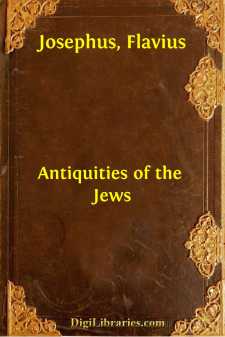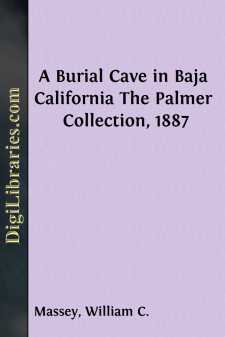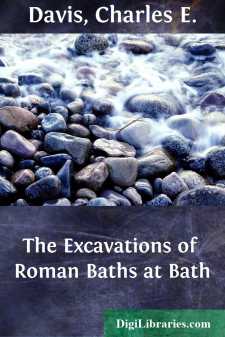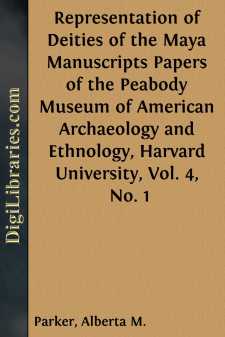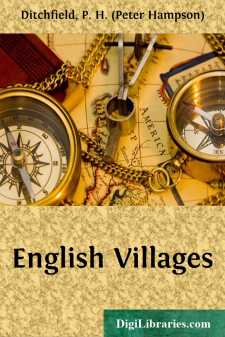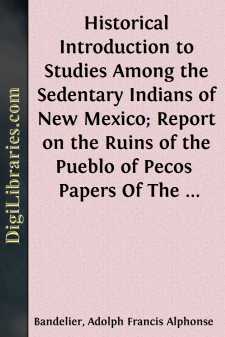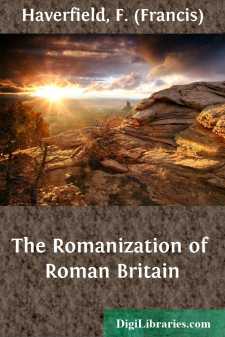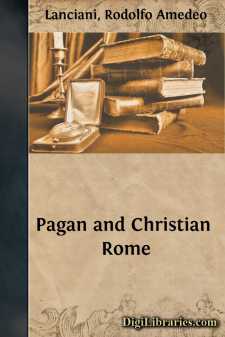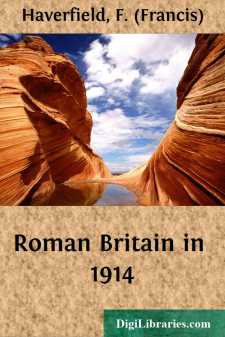Religion
- Agnosticism 2
- Antiquities & Archaeology
- Atheism 12
- Biblical Criticism & Interpretation 15
- Biblical Meditations 3
- Biblical Reference 1
- Biblical Studies 11
- Buddhism 8
- Christian Church 52
- Christian Education 5
- Christian Life 26
- Christianity 60
- Cults 2
- Devotional 6
- Eastern 2
- Education 4
- Eschatology 1
- Ethics 3
- General 60
- Gnosticism 1
- Hinduism 15
- History 28
- Holidays 10
- Inspirational 1
- Islam 8
- Judaism 3
- Leadership 1
- Meditations 3
- Monasticism 1
- Mysticism 11
- Philosophy 4
- Prayer 26
- Prayerbooks 5
- Religion & Science 12
- Sermons 54
- Spirituality 53
- Theism 2
- Theology 17
- Theosophy 15
Antiquities & Archaeology Books
Sort by:
by:
Flavius Josephus
CHAPTER 1. The Constitution Of The World And The Disposition Of The Elements. 1. In the beginning God created the heaven and the earth. But when the earth did not come into sight, but was covered with thick darkness, and a wind moved upon its surface, God commanded that there should be light: and when that was made, he considered the whole mass, and separated the light and the darkness; and the name he...
more...
In December of 1887 Dr. Edward Palmer, the naturalist, set sail from the port of Guaymas in Sonora, crossed the Gulf of California, and landed at BahÃa de Los Angeles on the peninsula of Baja California. Then, as now, there was a modest gold-mining operation at the bay. During his brief stay at the mining station, Dr. Palmer excavated a small natural cave which had been used by the Indians who...
more...
by:
Charles E. Davis
ON THE EXCAVATIONS OF THE ROMAN BATHS AT BATH. Re-printed from the Transactions of the Bristol and Gloucestershire Archæological Society. Vol. VIII., part I. Leland, on his visit to Bath in the year 1530, with tolerable fulness describes the baths, and after completing his description of the King's Bath goes on to say "Ther goith a sluse out of this Bath and servid in Tymes past with Water...
more...
INTRODUCTORY NOTE About the close of May, 1895, I was invited to make a collection of objects for the National Museum, illustrating the archeology of the Southwest, especially that phase of pueblo life pertaining to the so-called cliff houses. I was specially urged to make as large a collection as possible, and the choice of locality was generously left to my discretion. Leaving Washington on the 25th...
more...
THE MATERIAL OF THE MANUSCRIPTS. The three manuscripts which we possess of the ancient Maya peoples of Central America, the Dresden (Dr.), the Madrid (Tro.-Cort.) and the Paris (Per.) manuscripts, all contain a series of pictorial representations of human figures, which, beyond question, should be regarded as figures of gods. Together with these are a number of animal figures, some with human bodies,...
more...
Eleven years ago my little book on the antiquities of English villages was published. Its object was to interest our rustic neighbours in their surroundings, to record the social life of the people at various times—their feasts and fairs, sports and pastimes, faiths and superstitions—and to describe the scenes which once took place in the fields and lanes they know so well. A friendly reviewer...
more...
Part I. The earliest knowledge of the existence of the sedentary Indians in New Mexico and Arizona reached Europe by way of Mexico proper; but it is very doubtful whether or not the aborigines of Mexico had any positive information to impart about countries lying north of the present State of Querétaro. The tribes to the north were, in the language of the valley-confederates,...
more...
CHAPTER I THE ROMANIZATION OF THE EMPIRE Historians seldom praise the Roman Empire. They regard it as a period of death and despotism, from which political freedom and creative genius and the energies of the speculative intellect were all alike excluded. There is, unquestionably, much truth in this judgement. The world of the Empire was indeed, as Mommsen has called it, an old world. Behind it lay the...
more...
THE TRANSFORMATION OF ROME FROM A PAGAN INTO ACHRISTIAN CITY. The early adoption of Christianity not confined to the poorer classes.—Instances of Roman nobles who were Christians.—The family of the Acilii Glabriones.—Manius Acilius the consul.—Put to death because of his religion.—Description of his tomb, recently discovered.—Other Christian patricians.—How was it possible for men in...
more...
PREFACE The contents of the present volume are of much the same character as those of its predecessor, 'Roman Britain in 1913'. The first section gives a retrospect of the chief finds made in 1914, so far as they are known to me. The second section is a more detailed and technical survey of the inscriptions found in Britain during that year. The third and longest section is a summary, with...
more...


